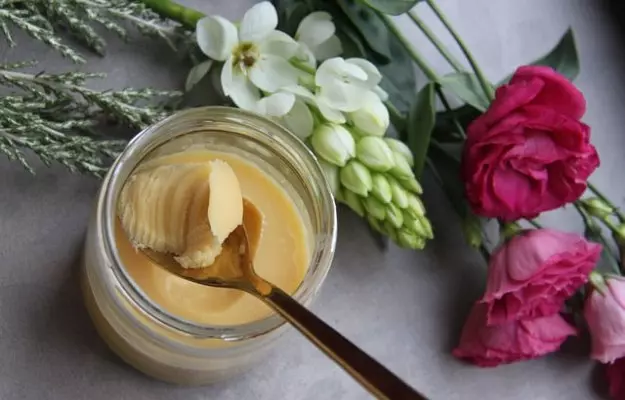Our skin is our largest organ. It plays the crucial role of keeping foreign objects out of the body. As such, supple and soft skin doesn’t just look beautiful, it is important for maintaining good health. For, even tiny cracks and cuts in our skin can become entry points for disease-causing germs, dirt, allergens and more.
While a large part of our skin is covered in clothes and therefore protected, our hands and feet are usually exposed to weather conditions (cold and hot), water and germs. Even good old hard work can cause wear and tear in the skin on our hands—basic things like washing utensils, chopping vegetables, writing an exam on a cold winter’s day and walking in open sandals can pile up.
All this can make our hands and feet dry. The result: rough texture, itchiness, peeling cuticles and possibly some pain and discomfort. These are all signs that your hands and feet are in need of some tender loving care (TLC).
Contrary to popular belief, taking care of dry hands and feet is really not that difficult—what it boils down to building is a routine that you can actually follow. So, read on for some actionable tips on much-needed TLC for dry hands and feet.











































